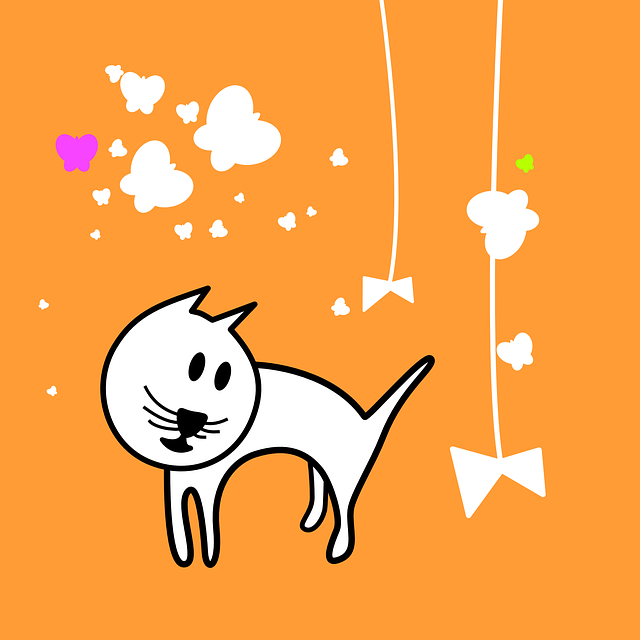Is Your Rabbit Overweight?

Your rabbit’s weight must remain fairly constant as it reaches adulthood. Any weight gain or loss could be a sign that your rabbit needs to change their diet or that there is a health problem that needs to be looked at.
Is My Rabbit Overweight or Underweight?
It might be challenging to properly assess a rabbit’s physical condition because its thick fur can conceal visible bones or conceal fat. Feeling your rabbit will enable you to determine what is beneath the fluff.
A healthy-weight rabbit should have a smooth slope from the neck to the tail and from the hip to the hip. The spine and ribs must be palpable, but they must feel rounded rather than pointed, as if there is a thin layer of cushioning between them. Dewlaps, a roll of fur beneath the chin that can appear fat but must only feel like a fold of skin when gently squeezed, are common, especially in females.
Not Enough
The grooves on the spine and ribs, as well as the pelvic bones, become more pronounced and feel sharper as a rabbit loses weight. Each side of the pelvis and spine will be depressed in a rabbit that is extremely underweight. Legs will be slender and their mobility may be affected as muscle begins to wane along with the fat.
Too fat
As a rabbit gains weight, the layer of fat makes it difficult to sense the ribs, hips, and spine of the animal. The dewlap (the fold of skin under the chin) might enlarge significantly and take on a bloated appearance. Rolls of fat frequently form around the tail and legs. Additionally, fat can form on the chest, stomach, and even hang down below.
Your Rabbit’s Weight
Scales make it far simpler to spot variations in your rabbit’s body weight than visual indicators do. Regular weight checks for your rabbit will serve as an early indicator of an issue that requires attention.
